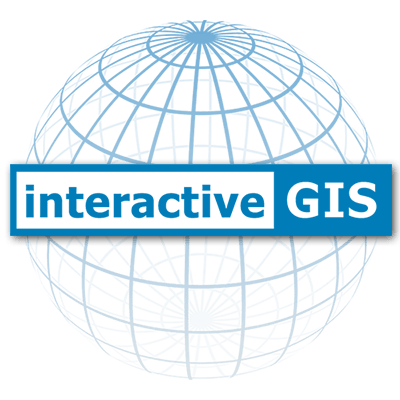When you think of Google Maps, you likely picture turn-by-turn navigation, traffic updates, and recommendations for nearby restaurants. But Google’s latest advancements in artificial intelligence (AI) are turning its mapping services into far more than a navigation tool. With the integration of Gemini AI into applications like Google Maps, Google Earth, and Waze, users now get context-aware recommendations, more intuitive search capabilities, and a deeper understanding of their surroundings.
Google’s AI enhancements aren’t just about making maps smarter for individuals; they set a technological precedent that could greatly benefit local governments, businesses, and urban planners. As AI-driven geospatial tools become more common, local governments have an opportunity to leverage similar innovations to enhance public services, improve disaster response, and foster community engagement.
Google’s AI Mapping Innovations: A Glimpse Into the Future

Incorporating AI into mapping has the potential to redefine how people interact with geographic information. Some of the latest enhancements from Google include:
- Conversational AI for Maps – Google’s Gemini AI enables users to ask detailed questions and receive context-aware answers. Instead of a generic search result, users might get tailored recommendations based on real-time data, such as local events or business hours.
- Immersive View for Routes – By combining AI with 3D imagery, users can now see photorealistic previews of their routes, allowing for better navigation planning.
- AI-Generated Summaries – Instead of sifting through dozens of reviews, Google Maps can now summarize key details about a location, helping users make informed decisions quickly.
- Personalized Local Discovery – Google’s AI can analyze a user’s habits, preferences, and location history to suggest customized experiences, such as trending restaurants or off-the-beaten-path attractions.
These developments are exciting for individual users, but they also hint at a broader transformation that local governments can adopt in their own geospatial strategies.
The Local Government Opportunity: Smarter GIS for Smarter Cities
Cities and municipalities rely heavily on Geographic Information Systems (GIS) for decision-making, infrastructure planning, and public safety. While AI-powered GIS may not yet be the norm for most local governments, large-scale advancements like Google’s can serve as a roadmap for future innovation. Some potential applications include:
- Enhanced Emergency Response
AI-driven GIS could optimize response times for emergency services by analyzing real-time traffic patterns and predicting the fastest routes for first responders. In crisis situations, such as hurricanes or wildfires, AI-generated mapping models could provide predictive analytics to guide evacuations and resource allocation. - Improved Public Works Management
By integrating AI with GIS, municipalities could improve infrastructure planning by analyzing road conditions, predicting maintenance needs, and optimizing construction schedules. This approach would minimize costs and prevent disruptions before they happen. - Data-Driven Urban Planning
With AI-enhanced mapping, local governments could model different urban development scenarios, optimize land use, and track environmental impacts. For example, AI could analyze historical data to predict which areas are most vulnerable to flooding, helping planners design better drainage systems. - Real-Time Public Engagement
AI-powered GIS could make it easier for residents to engage with their local governments. Interactive maps that update in real time could provide information on road closures, zoning changes, or upcoming city council meetings. Citizens could also submit reports on potholes, downed power lines, or other infrastructure issues directly through a digital mapping system.
AI Innovations Set the Stage for Future Local GIS Advancements
By observing how global tech leaders incorporate AI into geospatial tools, local governments and GIS providers can explore ways to apply similar features on a smaller, more tailored scale. While large-scale AI integration may not yet be widespread in municipal GIS, the possibilities are clear: smarter mapping can lead to better public services, enhanced citizen engagement, and more efficient infrastructure management.
At InteractiveGIS, we specialize in providing customized, cloud-based GIS solutions that empower local governments with tools designed for real-world applications. While we don’t yet incorporate AI, our focus remains on creating intuitive, scalable mapping systems that adapt to the evolving needs of municipalities—with the flexibility to integrate emerging technologies when the time is right.
As AI continues to reshape mapping and geospatial technology, it’s important for local governments to stay informed and prepared for the innovations that could shape the future of their communities. Large-scale advancements like those seen in Google’s AI-powered maps serve as valuable examples of how geospatial technology can evolve, paving the way for smarter, more efficient local GIS solutions in the years to come.
Further Reading & Sources



